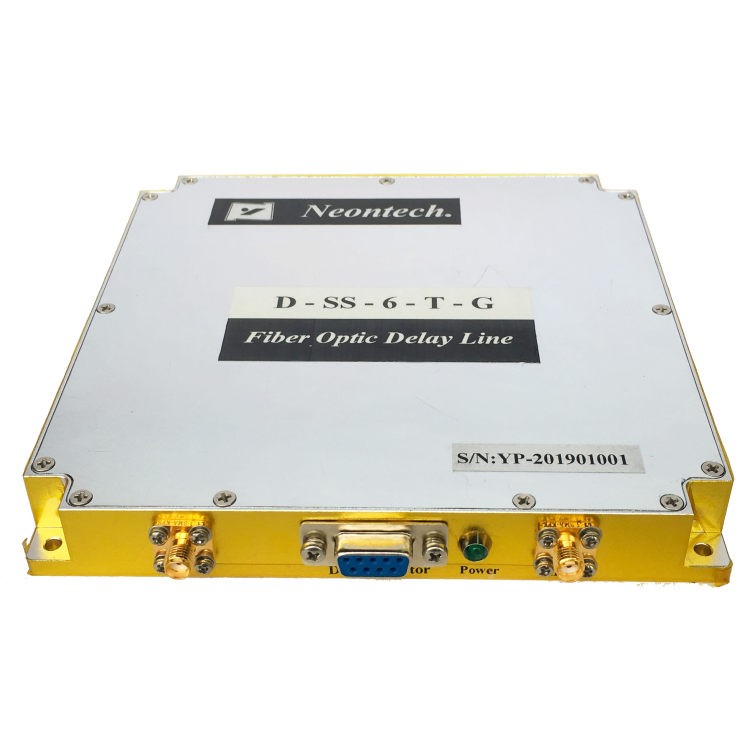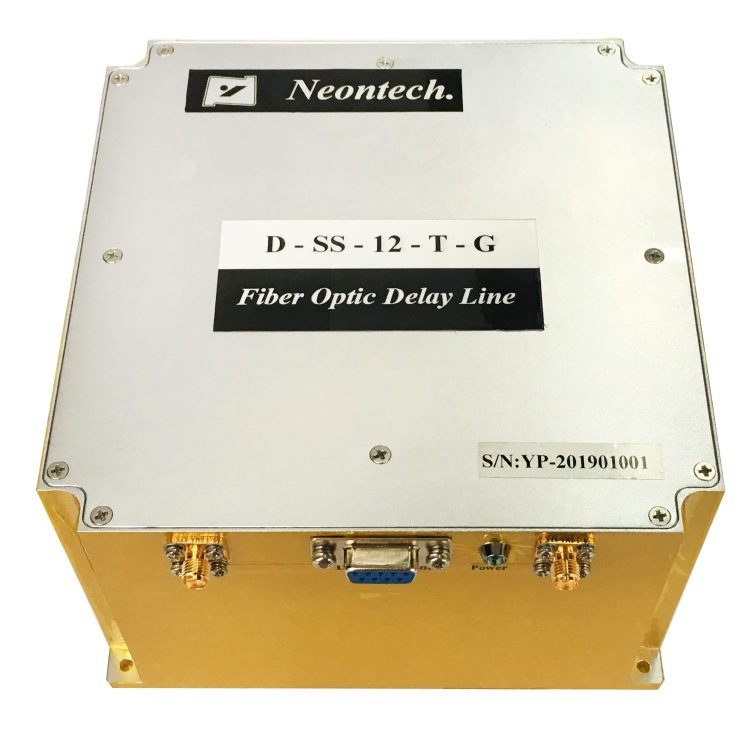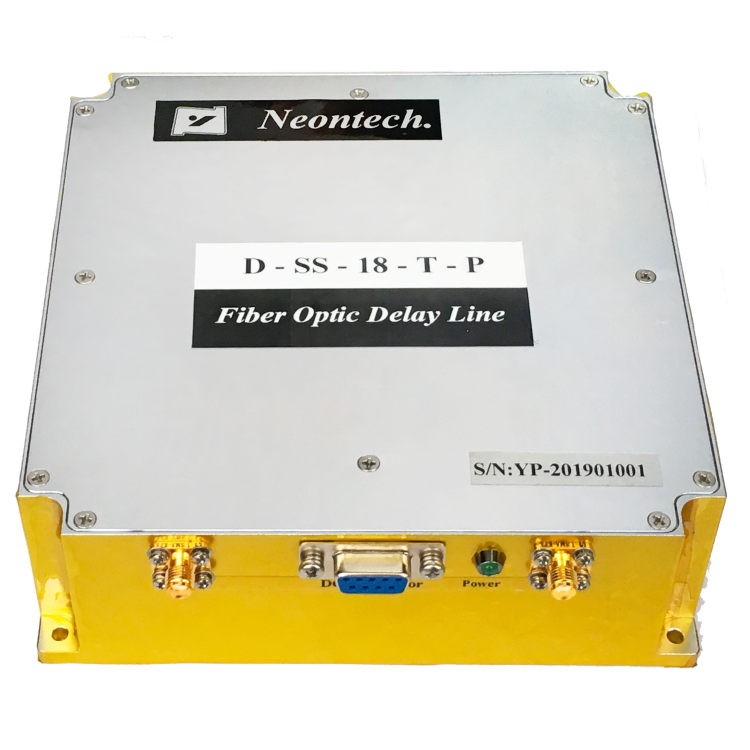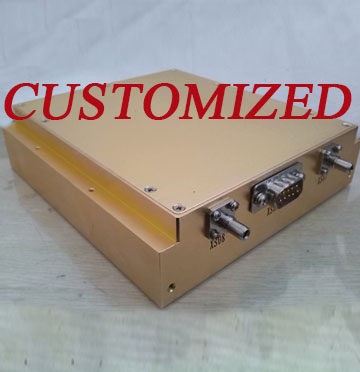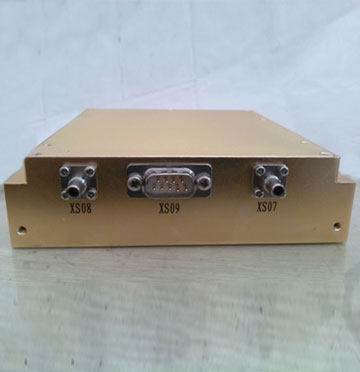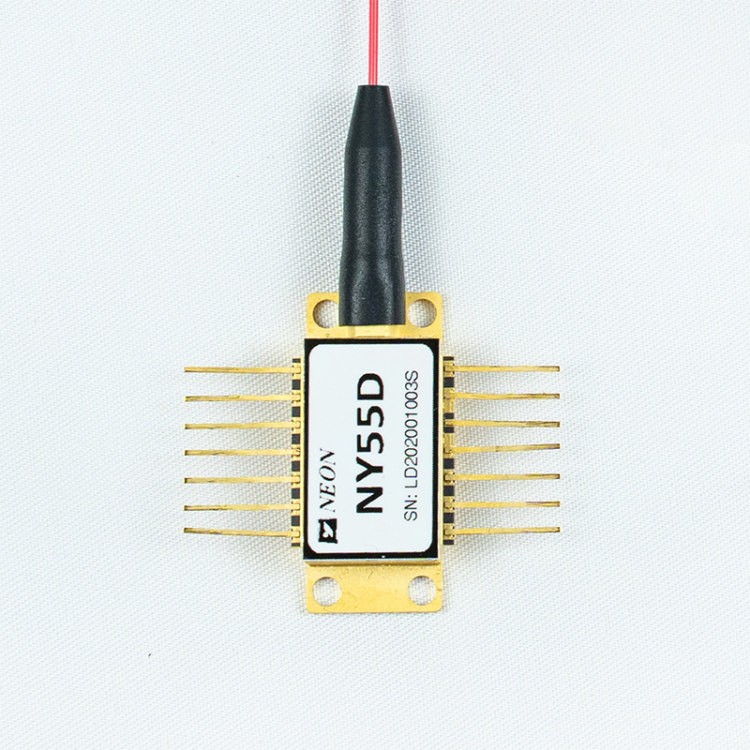Optical Delay Line: What You Need to Know
In the realm of optical technology, where speed and precision are paramount, the optical delay line emerges as a crucial component. This article aims to unravel the mysteries surrounding optical delay lines, providing insights into their definition, classification, and various applications. We will also delve into the mechanics of how these devices work, their key characteristics, different types, and their wide-ranging applications. Additionally, we’ll explore the fascinating realm of optical simulation using delay lines, with a spotlight on the OETR 50 Series Optical Delay Line and the Mini UWB DMI Laser Module.

What is an Optical Delay Line?
An optical delay line is a device that delays the propagation of light by a known amount of time. This is done by directing the light through a medium that has a high refractive index, such as glass or fiber optic cable. Optical delay lines are used in a variety of applications, including optical communication systems, optical signal processing systems, and optical measurement systems.
Characteristics of Optical Delay Lines
Optical delay lines are characterized by a number of factors, including:
- Delay time: This is the amount of time that the optical signal is delayed.
- Insertion loss: This is the amount of power that is lost when the optical signal passes through the delay line.
- Bandwidth: This is the range of frequencies that the delay line can support.
- Temperature stability: This is the stability of the delay time with respect to temperature changes.
- Environmental stability: This is the stability of the delay time with respect to environmental factors such as vibration and humidity.
Classification of Optical Delay Lines
Optical delay lines can be classified into two main types: fixed and tunable. Fixed optical delay lines have a fixed delay time, while tunable optical delay lines can have their delay time adjusted. Tunable optical delay lines are more complex and expensive than fixed optical delay lines, but they offer greater flexibility.
Optical delay lines can also be classified by the type of medium used to delay the light. The most common types of optical delay lines are:
- Fiber optic delay lines: These delay lines use fiber optic cable to delay the light. Fiber optic delay lines can be made very long, which allows for very long delay times.
- Free space delay lines: These delay lines use free space (air) to delay the light. Free space delay lines are less complex and expensive than fiber optic delay lines, but they are also more susceptible to environmental factors such as temperature and vibration.
- Integrated waveguide delay lines: These delay lines are integrated into a semiconductor chip. Integrated waveguide delay lines are very compact and can be used to create very precise delay times.
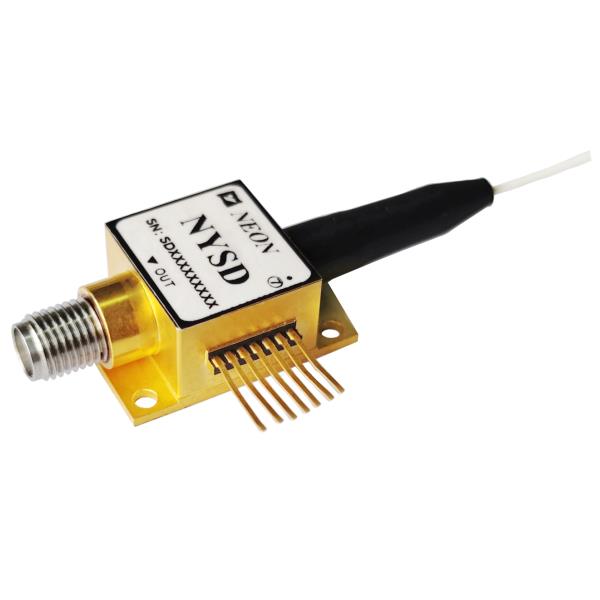
Why Use an Optical Delay Line?
Optical delay lines are used for a variety of reasons, including:
- To compensate for dispersion in optical communication systems: Dispersion can cause optical signals to spread out in time, which can make them difficult to detect. Optical delay lines can be used to compensate for dispersion by delaying different parts of the signal by different amounts. This allows the signal to be recombined at the receiver, which improves the signal quality.
- To create optical buffers: Optical buffers can be used to store and forward optical signals. This can be useful for applications such as optical clock recovery and optical signal routing.
- To implement optical signal processing functions: Optical delay lines can be used to implement a variety of optical signal processing functions, such as filtering, correlation, and convolution. These functions can be used to improve the performance of optical communication systems and optical sensor systems.
- To measure distance, speed, and refractive index: Optical delay lines can be used to measure the distance to an object, the speed of an object, and the refractive index of a material. This is done by measuring the time it takes for light to travel through the delay line.
How Does an Optical Delay Line Work?
Optical delay lines work by slowing down light. This is done by directing the light through a medium with a high refractive index. The refractive index of a material is a measure of how much the material slows down light. The higher the refractive index, the slower the light will travel.
The delay time of an optical delay line is proportional to its length and the refractive index of the medium. This means that a longer delay line or a medium with a higher refractive index will produce a longer delay time.
Applications of Optical Delay Lines
Optical delay lines are used in a wide variety of applications, including:
- Optical communication systems: Optical delay lines can be used to compensate for dispersion in optical communication systems. Dispersion is the broadening of an optical signal as it propagates through a medium. Optical delay lines can also be used to create optical buffers, which can be used to store and forward optical signals.
- Optical signal processing systems: Optical delay lines can be used to implement a variety of optical signal processing functions, such as filtering, correlation, and convolution.
- Optical measurement systems: Optical delay lines can be used to measure the distance to an object, the speed of an object, and the refractive index of a material.
Understanding NEON’s Optical Delay Line – Optical Simulator
The OETR 50 Series Optical Delay Line is a tunable optical delay line that uses fiber optic cable to delay the light. The delay time can be adjusted from 100 ns to 100 ms in 1 ns increments. The OETR 50 Series Optical Delay Line is also very temperature-stable and environmentally stable.
The Mini UWB DMI Laser Module is a small, lightweight laser module that can be used to generate optical pulses with durations as short as 100 fs. The Mini UWB DMI Laser Module is ideal for use in optical delay lines and other optical systems that require short-pulse lasers.
The OETR 50 Series Optical Delay Line and the Mini UWB DMI Laser Module can be used together to create a powerful optical test and measurement system. This system can be used to measure the delay time of optical signals, the bandwidth of optical components, and the dispersion of optical fibers.
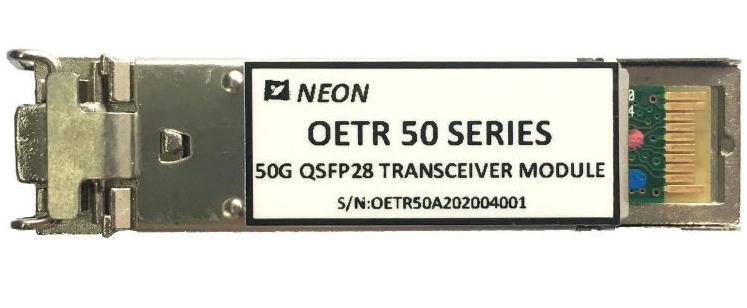
Conclusion
In conclusion, the world of optical delay lines is vast and dynamic, with applications spanning from telecommunications to scientific research. The ability to precisely control the timing of optical signals opens doors to innovation and improvement in various technologies. As we explore the OETR 50 Series Optical Delay Line and the Mini UWB DMI Laser Module, it becomes evident that these advancements are crucial in the pursuit of more efficient and reliable optical systems. As technology continues to evolve, optical delay lines and simulators will undoubtedly play an integral role in shaping the future of optical communication and signal processing.


